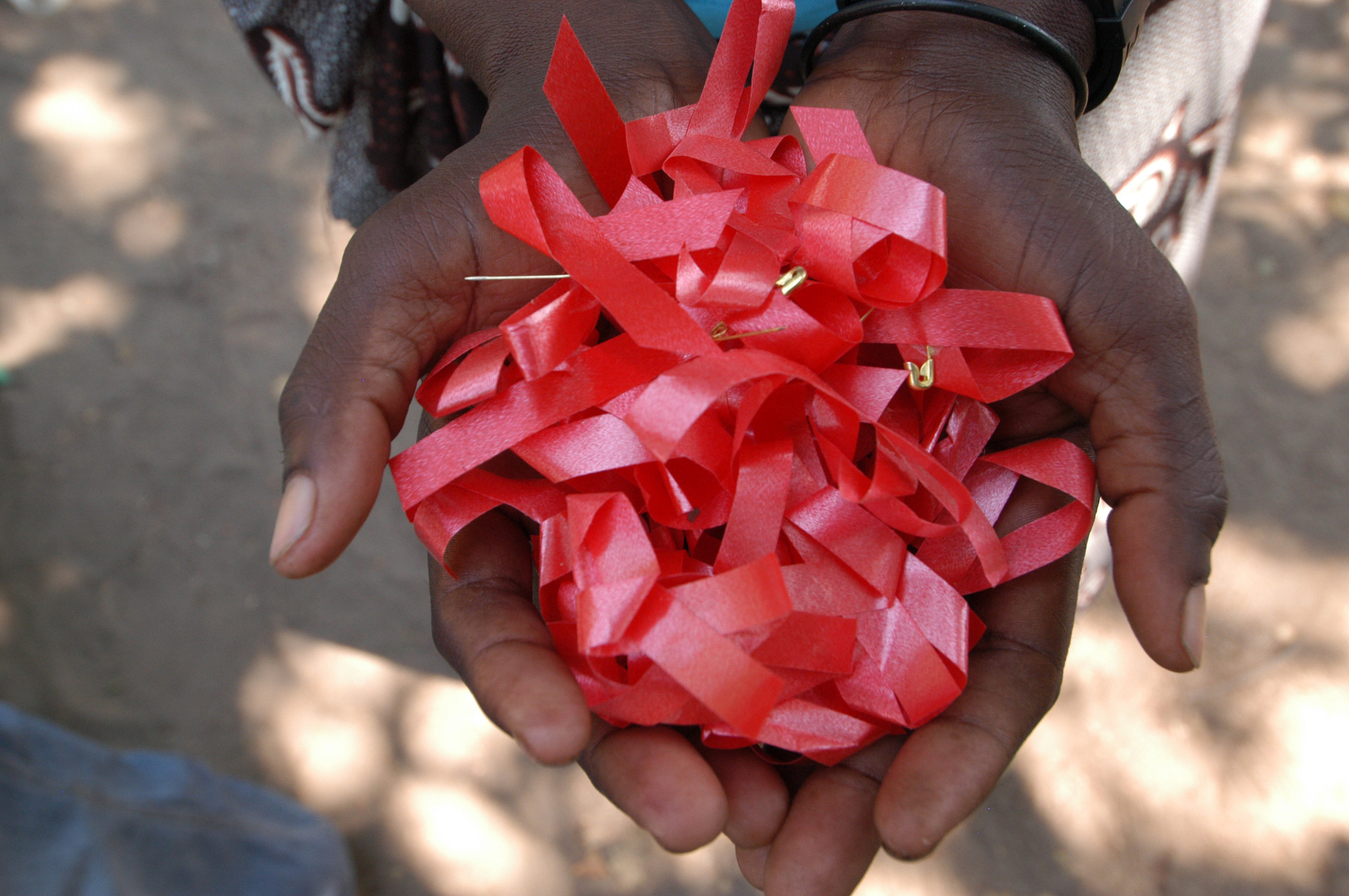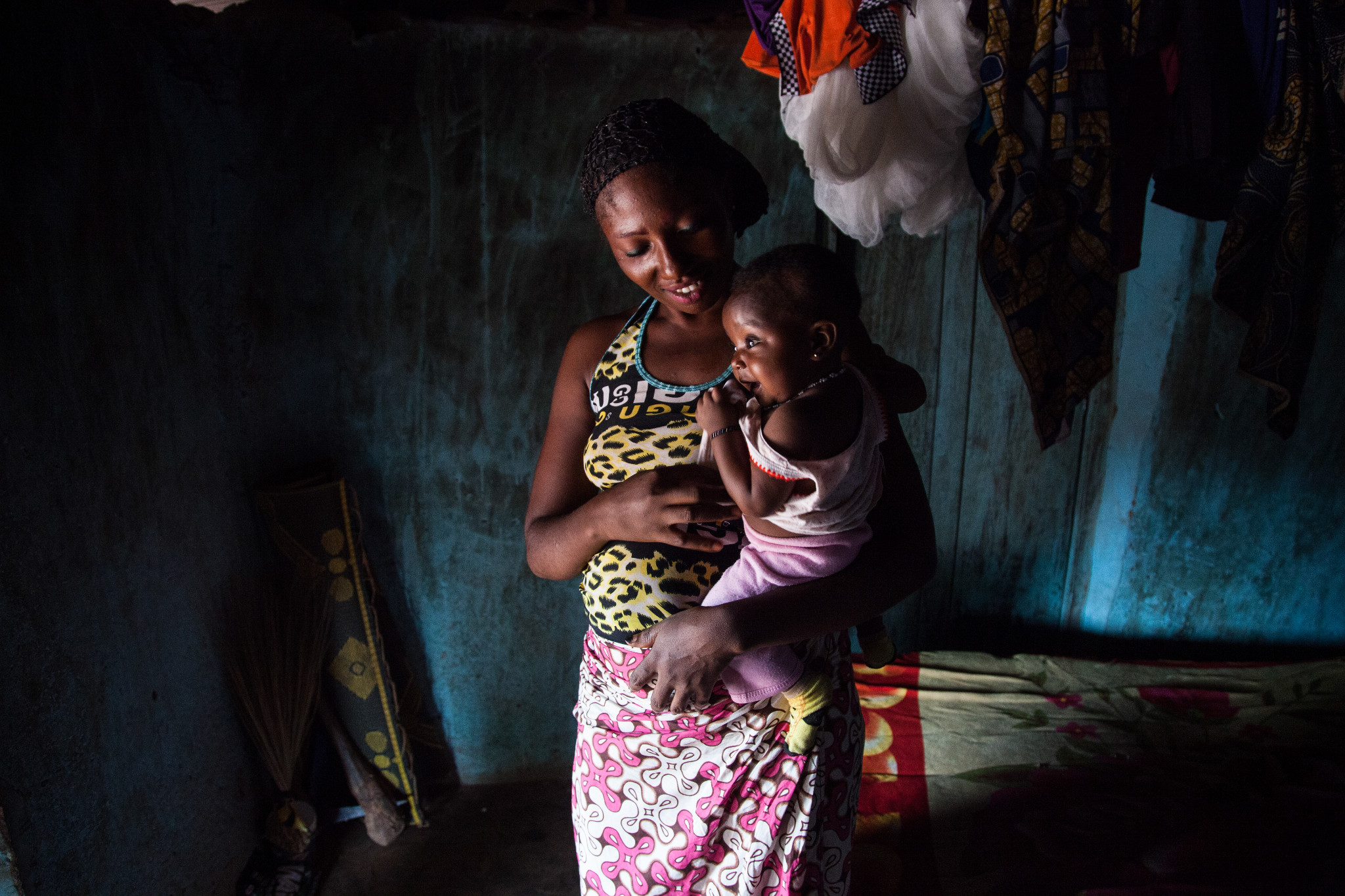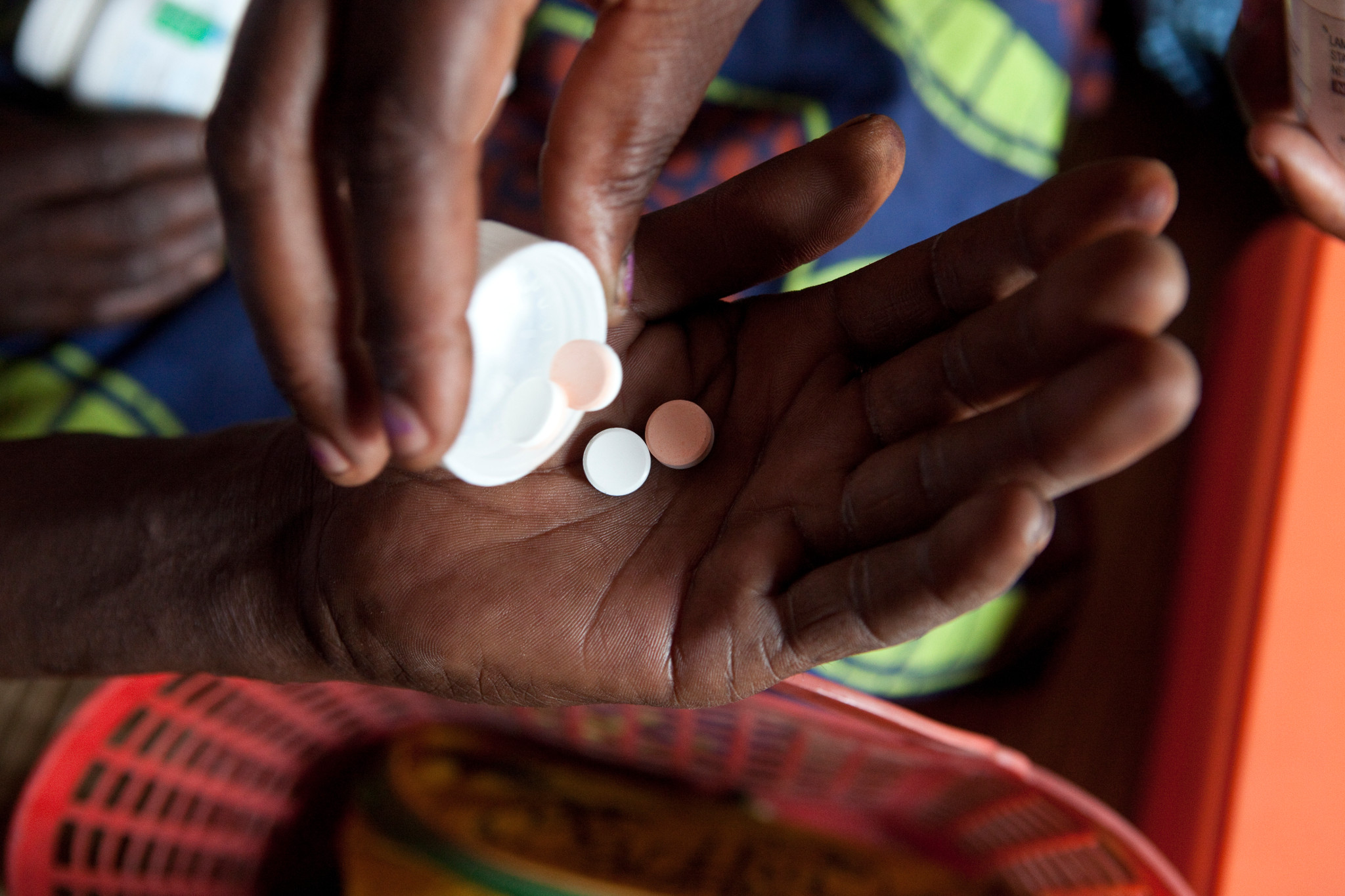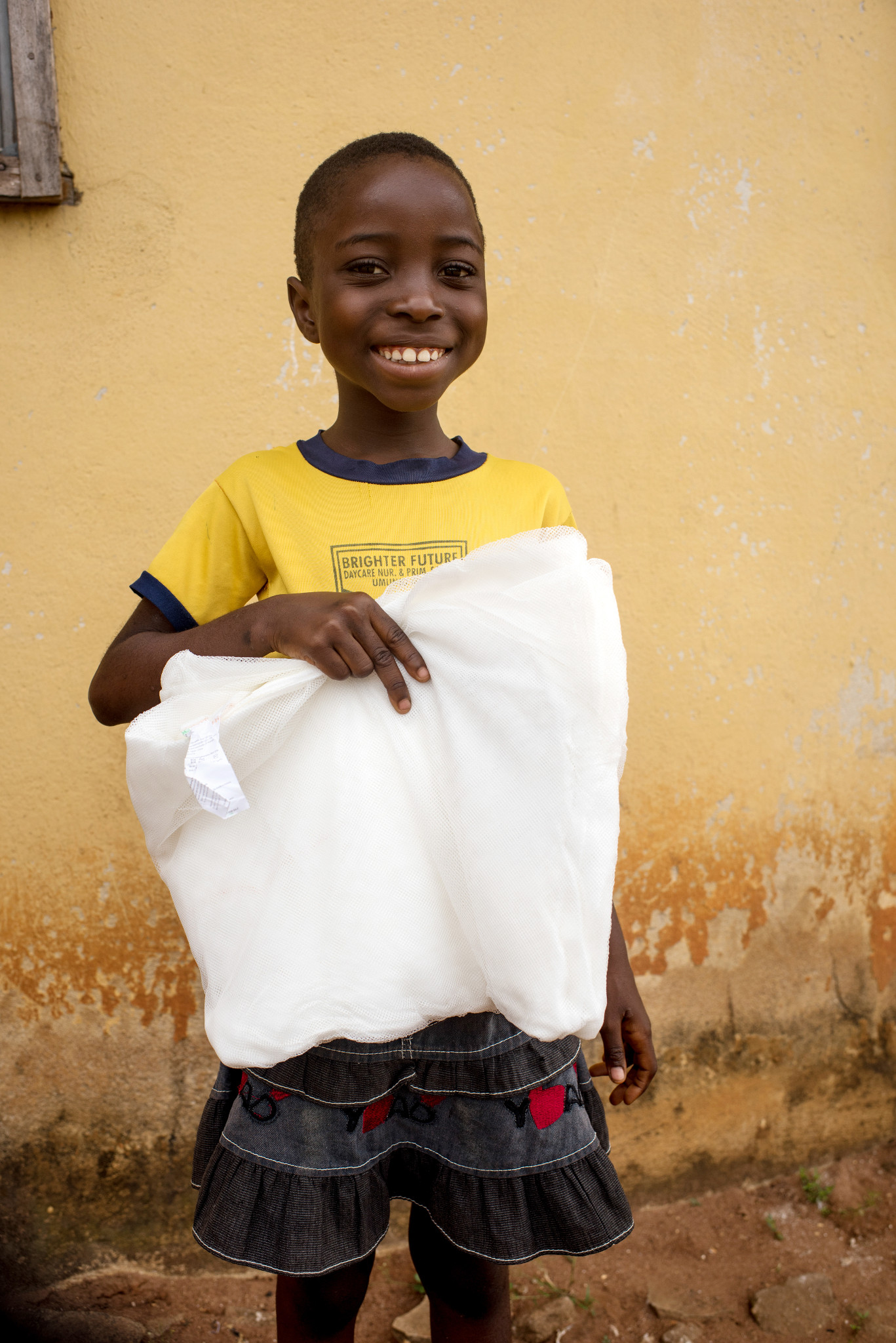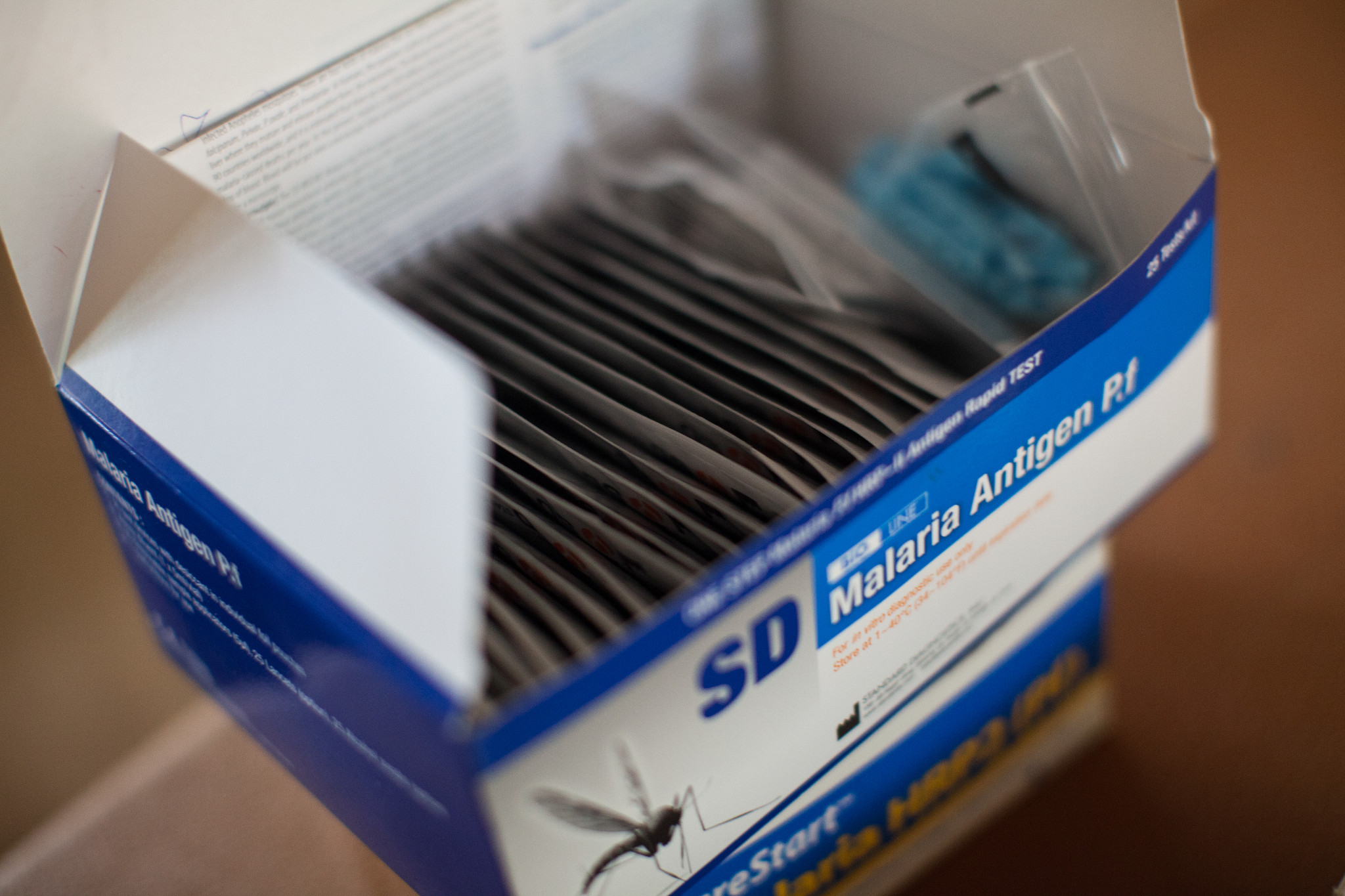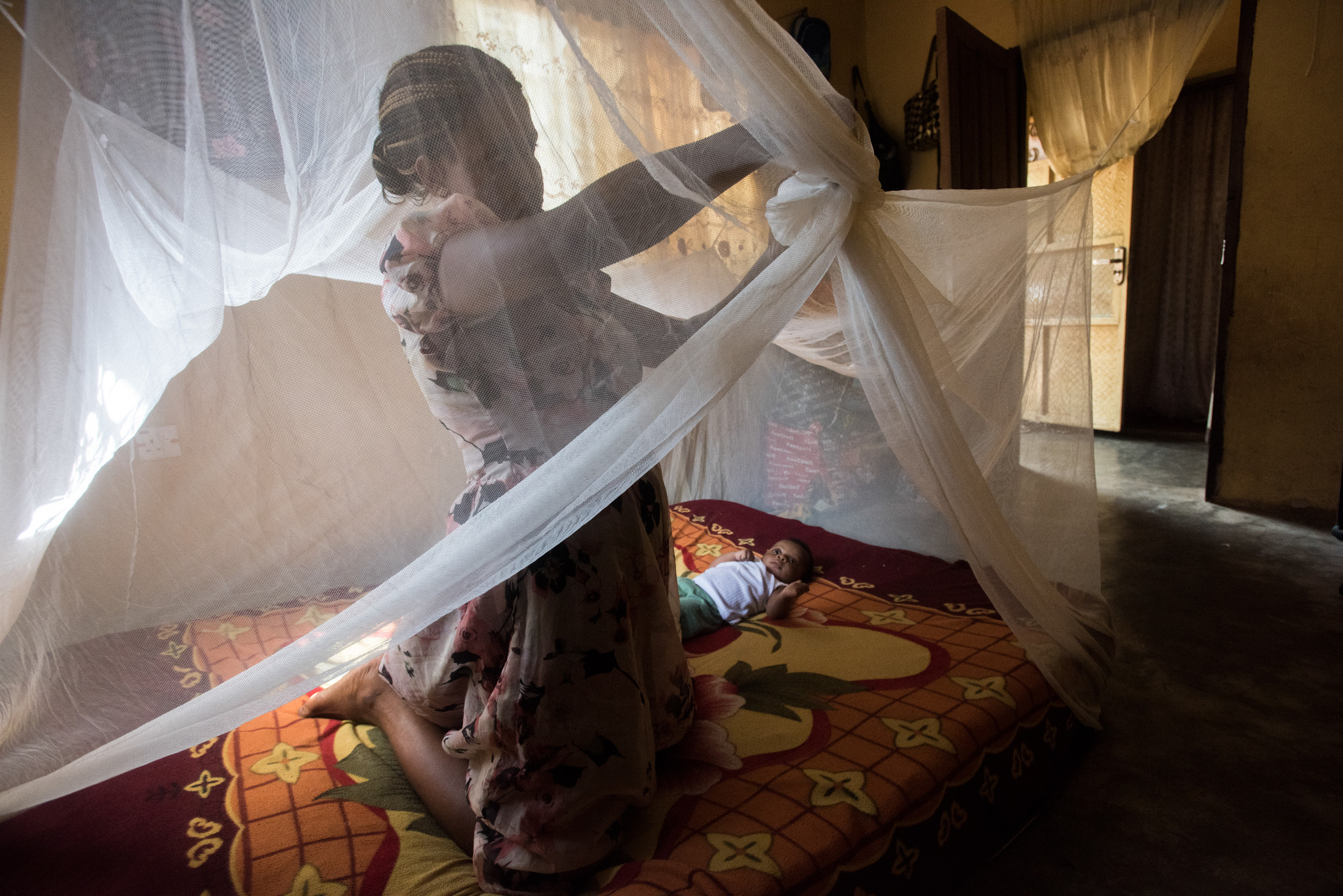They Said It Couldn’t Be Done
When the President’s Emergency Plan for AIDS Relief, known as PEPFAR, was announced in 2004, we knew Catholic Relief Services had to get involved. We had already been caring for the sick and assisting their families as the AIDS pandemic swept through many countries. Although antiretroviral medications made the disease manageable in richer nations, the treatment was far out of reach for the poor. Many experts were saying it was too difficult to deliver complex treatments to remote areas, and impossible to expect far-flung populations to adhere to the strict treatment regimens.
PEPFAR changed that, as billions in federal funding were allocated to pay for the drugs. CRS formed the AIDSRelief partnership with our neighbor in Baltimore—the University of Maryland’s Institute of Human Virology, which does cutting edge research on HIV and AIDS. The consortium also included the Futures Group, the Catholic Medical Mission Board and IMA World Health. PEPFAR gave AIDSRelief responsibility for the program in 10 countries—Ethiopia, Guyana, Haiti, Kenya, Nigeria, Rwanda, South Africa, Tanzania, Uganda and Zambia.
To be honest, this was not CRS’ area of expertise. We knew little about the health services already in place in these countries. But we knew that even in countries with limited medical systems, we could build on faith-based health networks. These networks provide a vehicle for critical community support.
CRS’ alliance with churches provided a team of community workers who reached out to often desperately poor patients wherever they lived—in cities or hardscrabble countryside—keeping them on track with their complex treatments. These community members also helped address myths and stigma surrounding HIV and AIDS patients. And they were a critical part of the support network for another focus of our work—orphans and other vulnerable children affected by the pandemic.
As Michel Sidibe, executive director of UNAIDS once said, “You reach the unreachable. You give voice to the voiceless.”
PEPFAR had made it clear that faith-based groups would be involved because of our long-term commitment to health care in the region. Even so, it was controversial to include a Catholic group because many believed condoms were the only way to stop HIV. Yet AIDSRelief never purchased, promoted or distributed condoms. We did give patients an honest assessment of condoms’ efficacy—emphasizing that abstinence before marriage and fidelity after marriage were the only sure way to avoid HIV. In PEPFAR’s early days, few professionals working on HIV and AIDS paid attention to the CRS approach. But when widespread distribution of condoms failed to stem the virus, many began asking about CRS’ emphasis on behavior change.
After almost a decade, AIDSRelief was able to transfer its PEPFAR programs to our local partners, who are now using the national, regional and local systems we built together to achieve even better results. AIDSRelief was an exemplary partnership involving the U.S. government, CRS and others here in the United States, as well as various local groups in all 10 countries. Working together, AIDSRelief delivered HIV care and treatment to more than 700,000 people, including antiretroviral therapy for 400,000. And it built structures and systems to ensure that CRS’ work will continue saving lives for generations.
Building Healthy Futures
HIV and malaria: two very different, deadly diseases. But there’s one common denominator—CRS on the front lines saying the fight can be won.
Ending Malaria. It Can Happen. It Will Happen.
For you, a mosquito bite might be an itchy nuisance. But for half the world’s population, a mosquito bite can bring horrific illness, and even death. That’s because a mosquito bite can deliver the parasite that causes malaria—a disease that kills over 400,000 people every year, 90% of them in sub-Saharan Africa and more than two-thirds of them under age 5.
More than 200 million people contract malaria every year. And even when malaria isn’t deadly, it keeps children from attending school and parents from going to work. People and economies suffer.
Throughout our 75-year history, many Catholic Relief Services staff have experienced the disease. In 2009 we lost a colleague to malaria.
To prevent malaria, we have distributed millions of bed nets that keep mosquitos, which are most active at night, away from sleeping children and their parents. We’ve learned more about malaria along the way. Education on properly using bed nets is critical. And the bed nets are more effective if treated with long-lasting insecticides.
In the West African country of Niger, CRS distributed 5 million bed nets in 2015, working with the Nigerien Ministry of Health. Since at least two people sleep under each one, the bed net distribution protected almost half of Niger’s 21 million people. In 2014, a distribution of over 1 million bed nets in the Gambia protected the entire country from malaria.
Overall, the news is good. With more attention focused on this disease worldwide, the death rate from malaria has fallen by almost 30% since 2010, and by 35% among children under 5. The widespread distribution and proper use of bed nets is a major reason why malaria has declined.
But reducing malaria is not enough. Eradication is the goal—and a real possibility. That’s because malaria doesn’t originate in the mosquitoes: They pick up the parasite from a person who has the disease and carry it to someone else. If we interrupt that transmission cycle—as most industrialized nations have—malaria disappears.
And a new, even more effective intervention is on the horizon. In the Gambia, Guinea, Mali and Niger, CRS is providing antimalarial medication to children ages 3 months to 5 years during the rainy season, when mosquitoes become more plentiful. These young children are most at risk for severe illness and death from malaria, so they receive antimalarials once a month throughout the 3 to 4 months each year when the risk is higher.
The World Health Organization estimates seasonal treatment can prevent 75% of deaths from malaria. That means this CRS program will save tens of thousands of lives while paving a path toward eliminating malaria once and for all.
